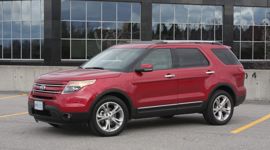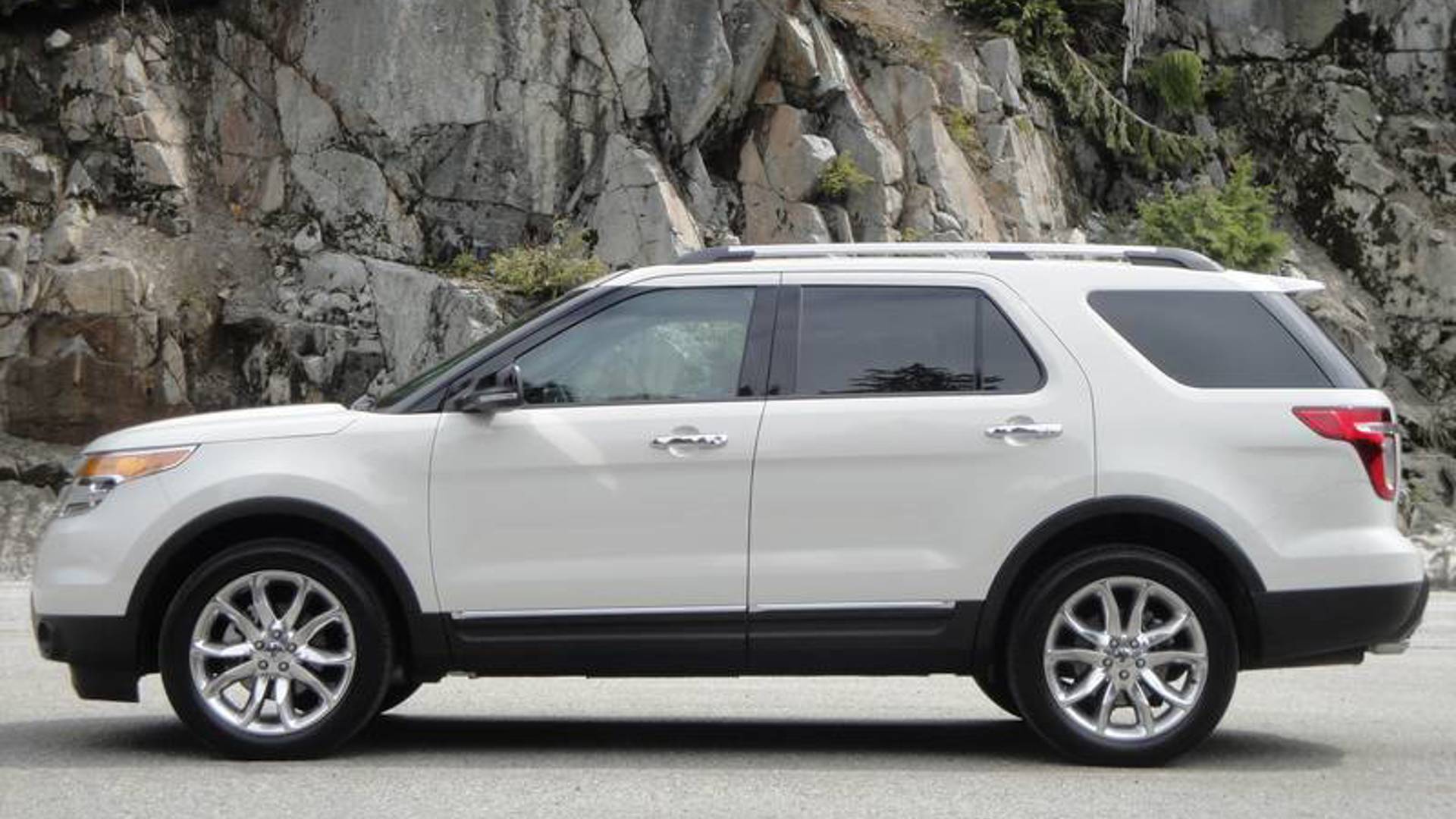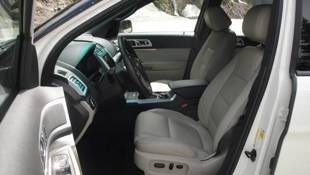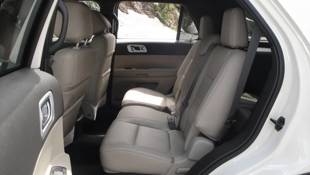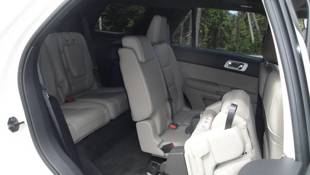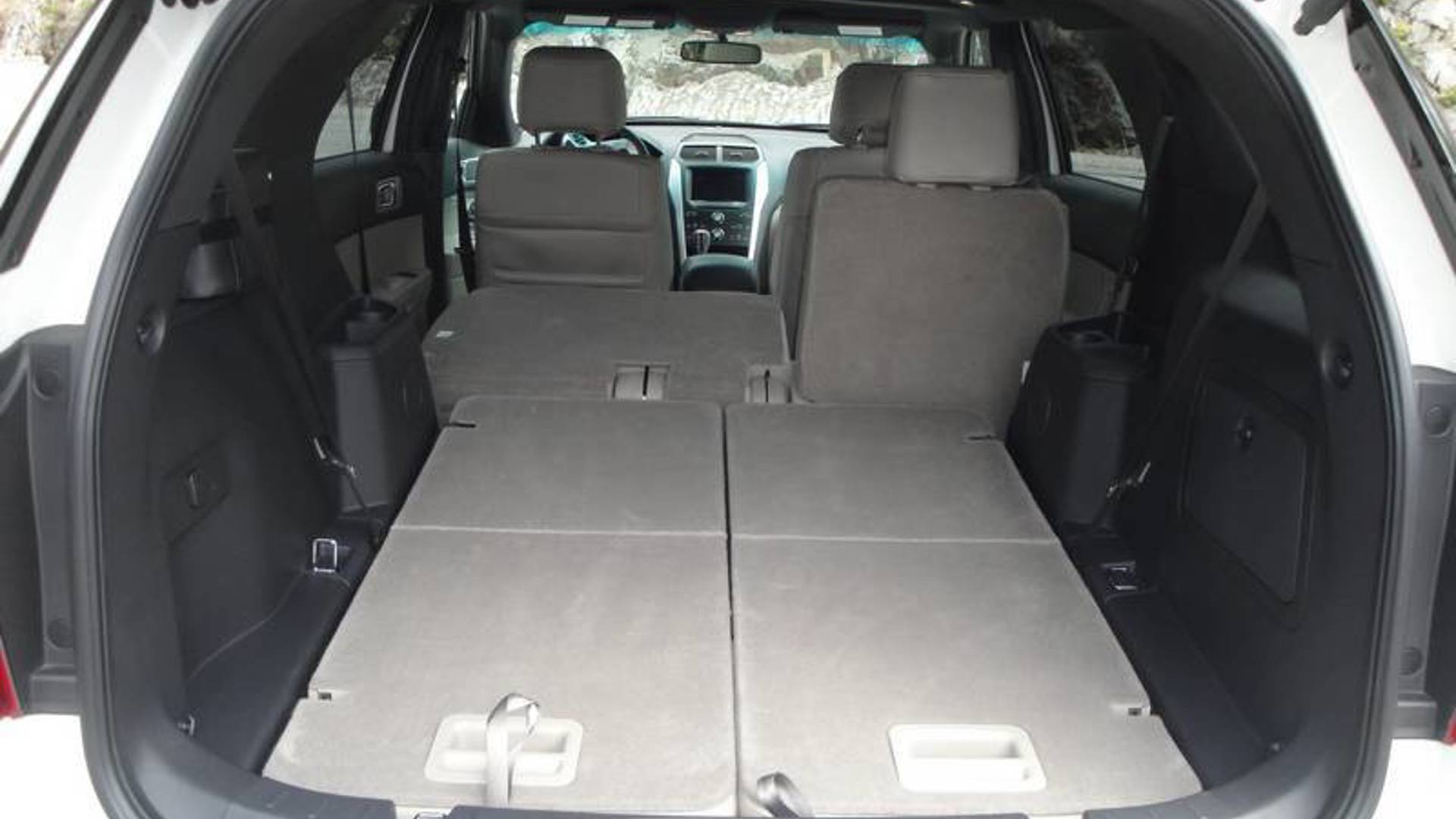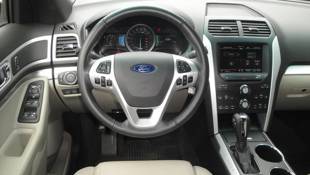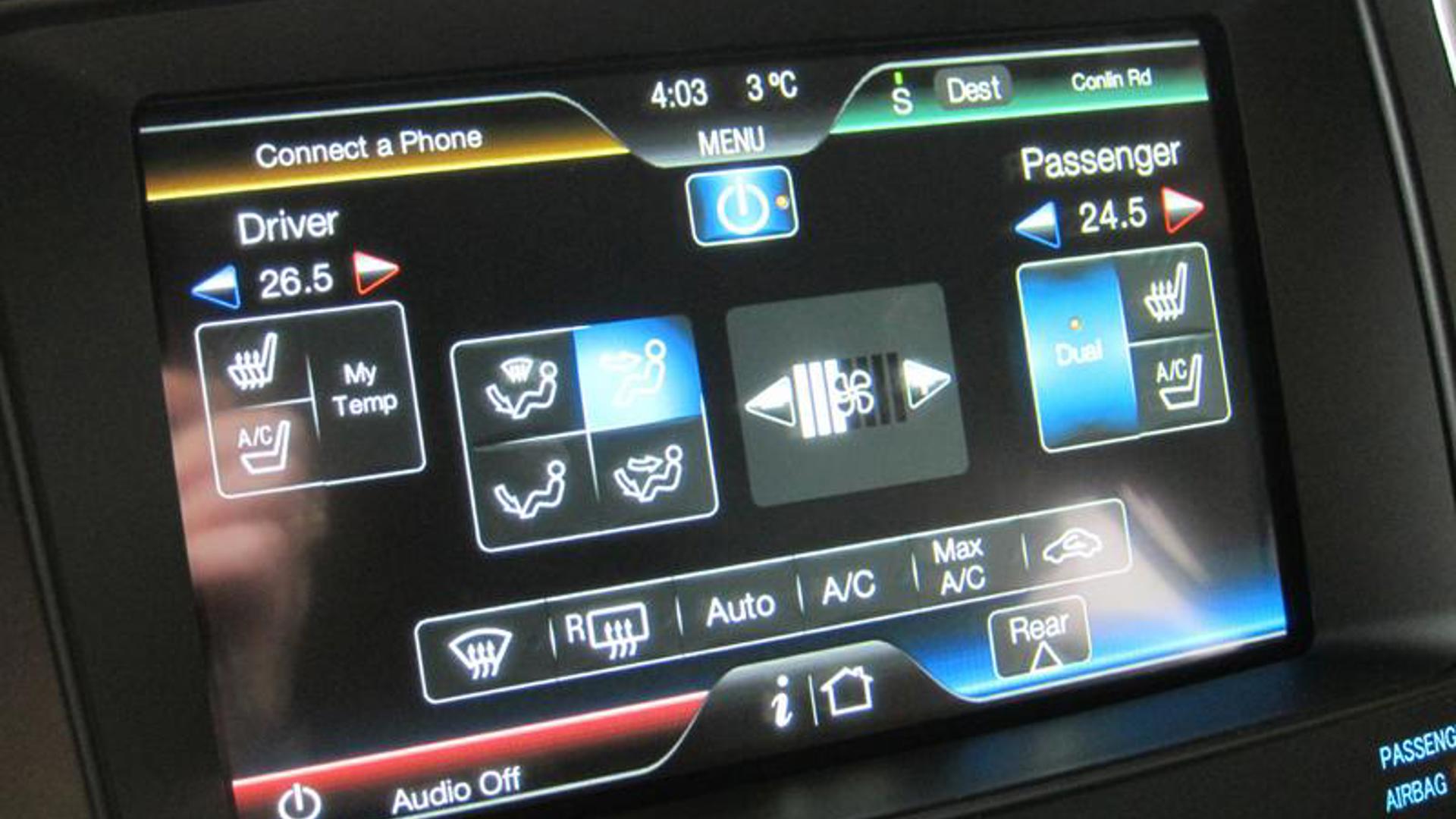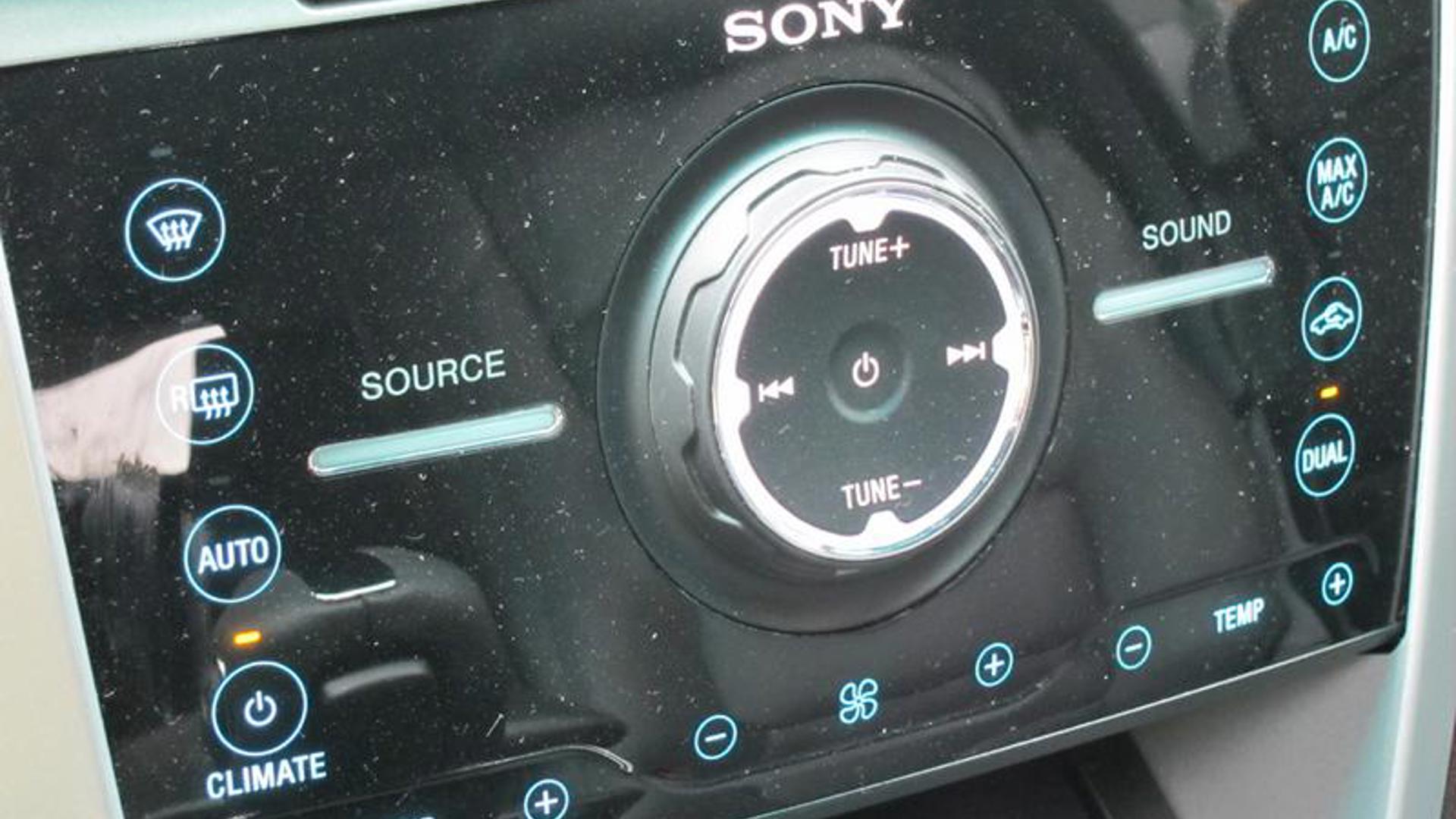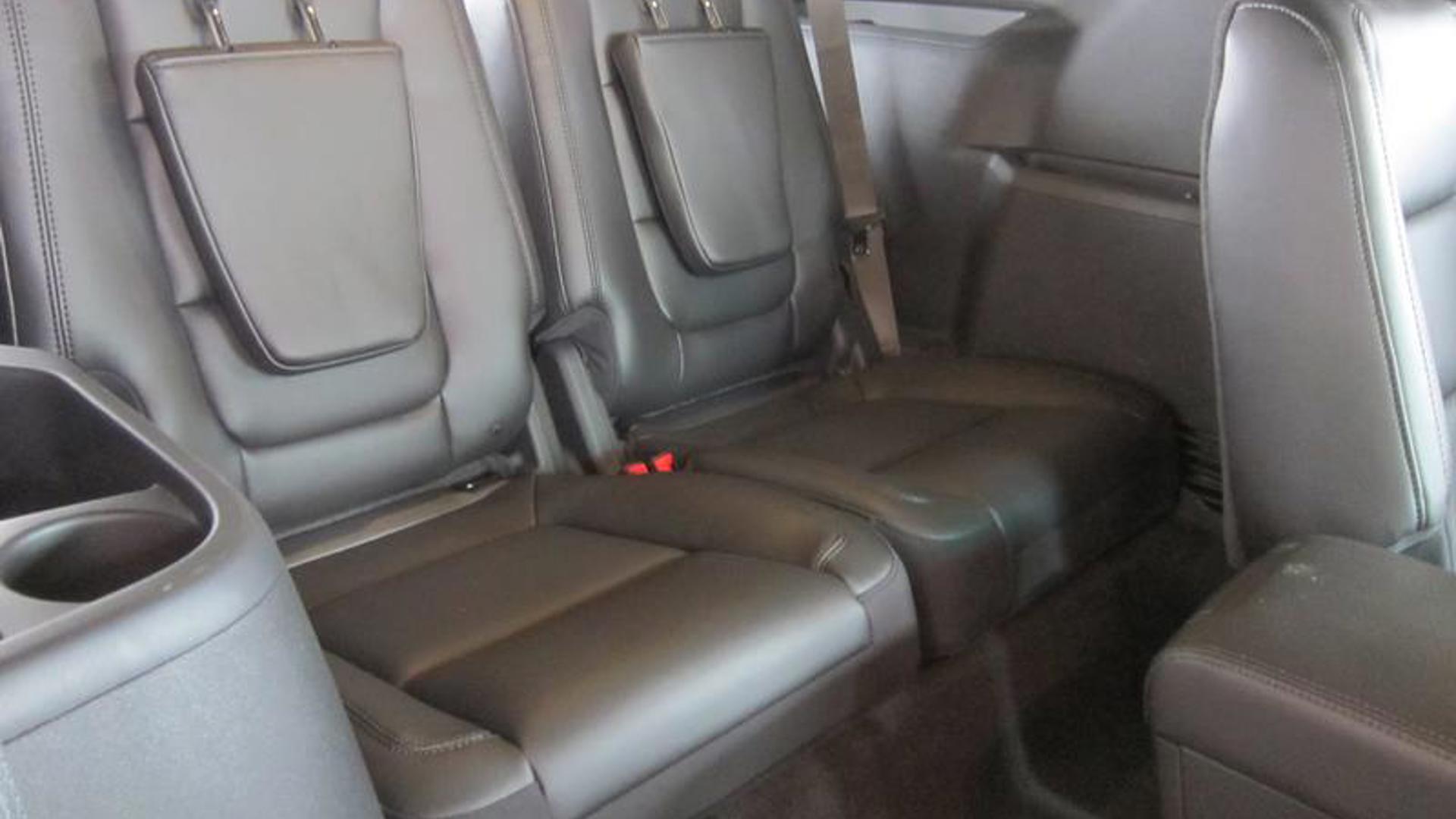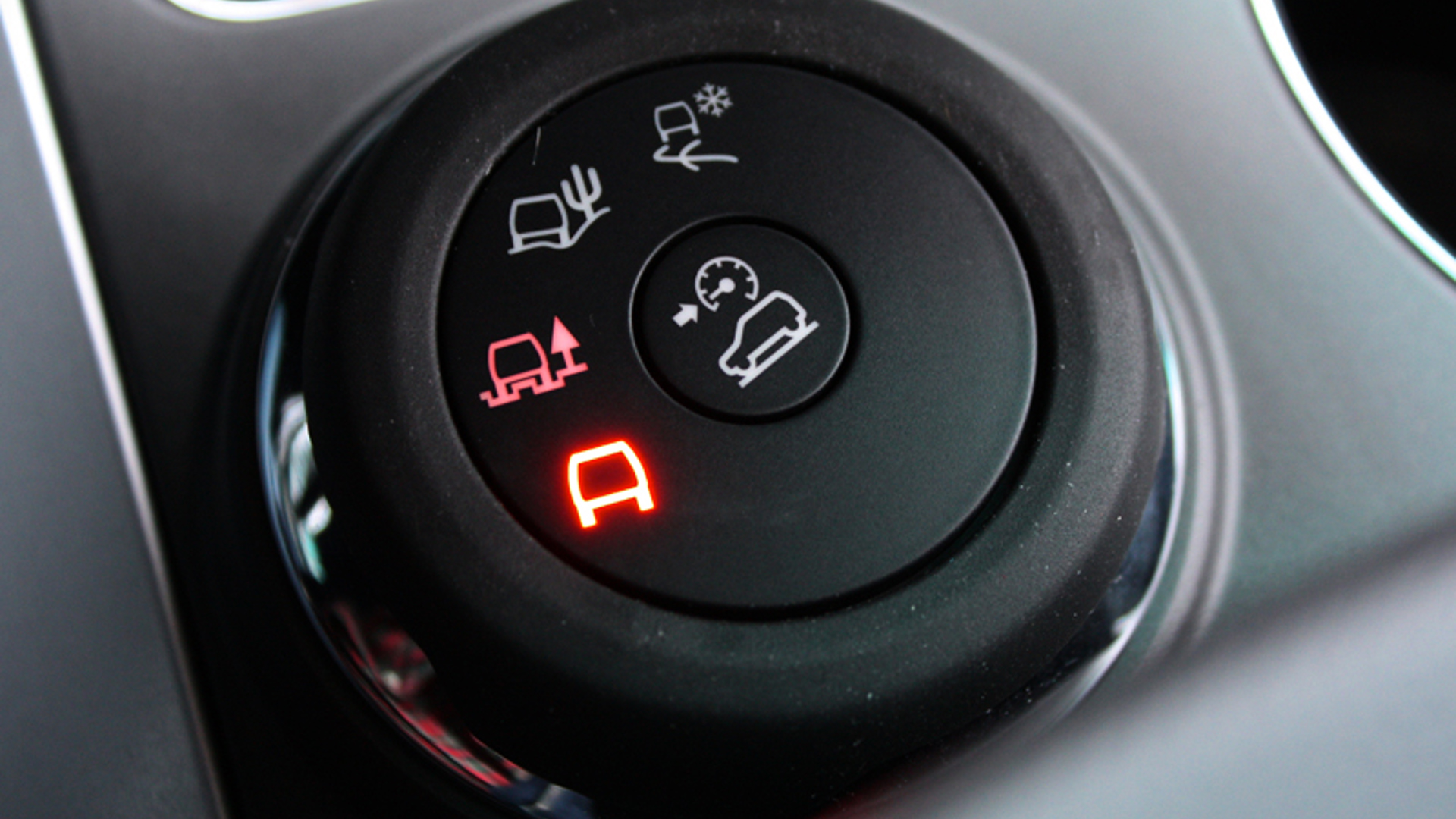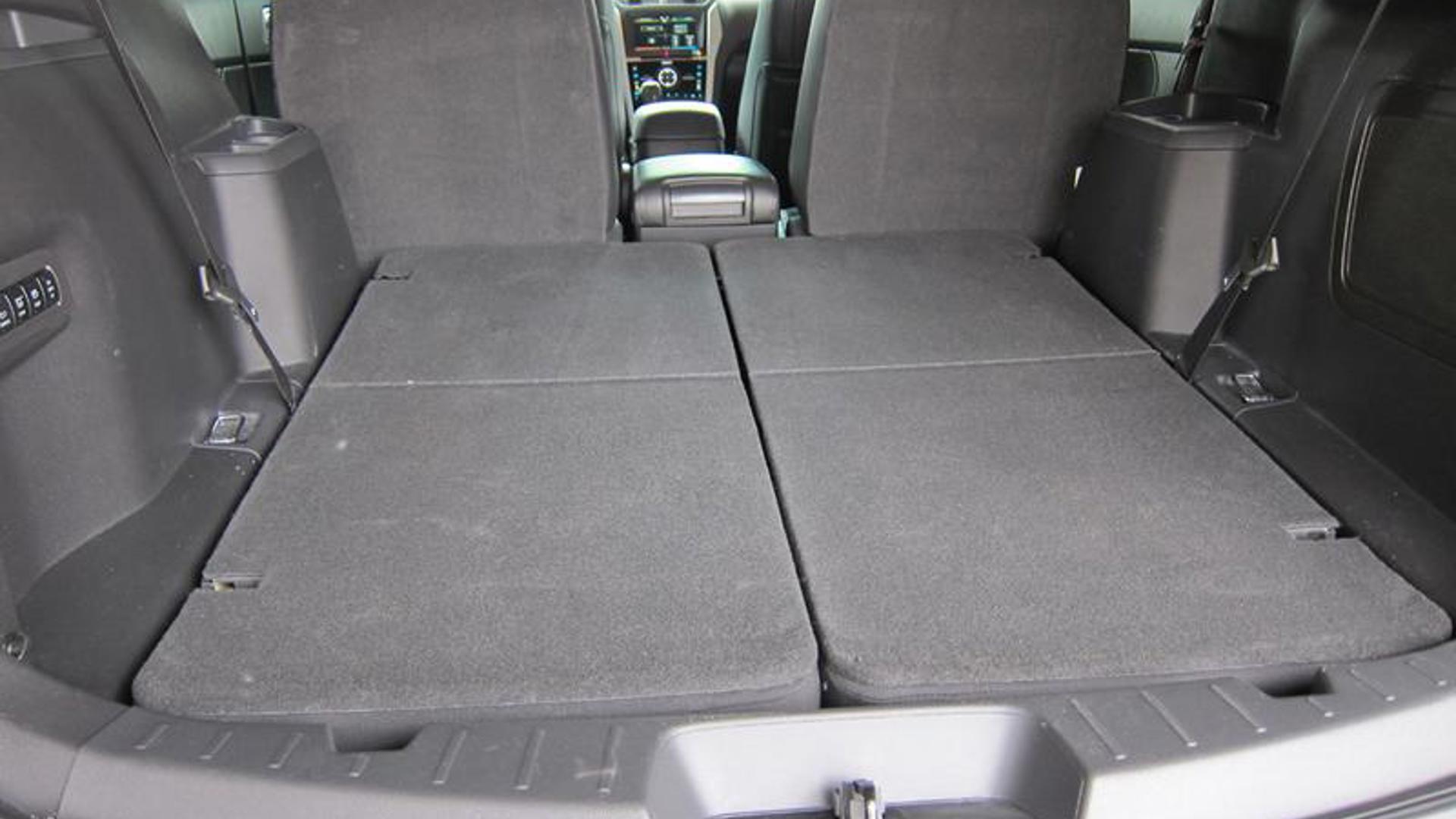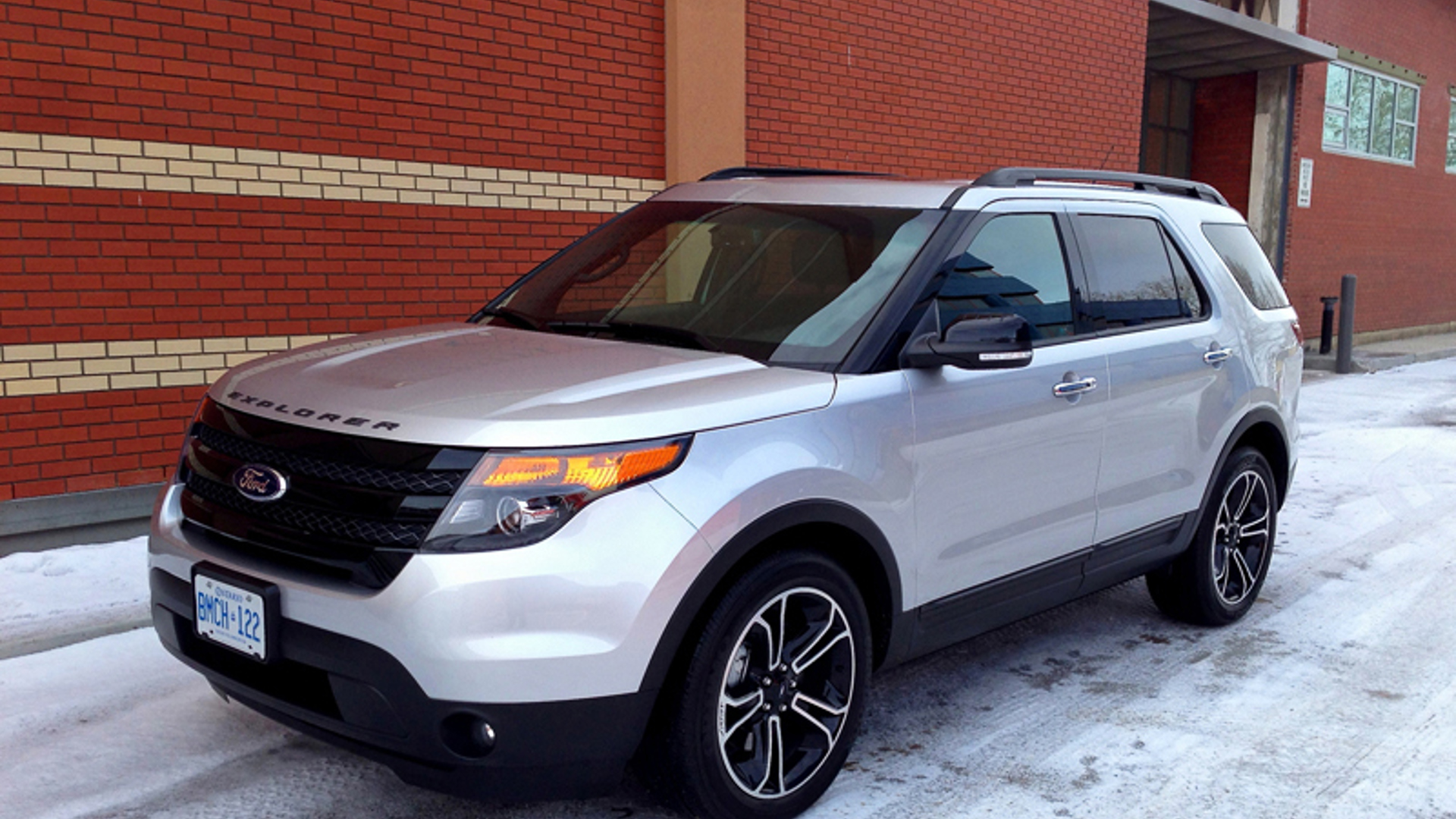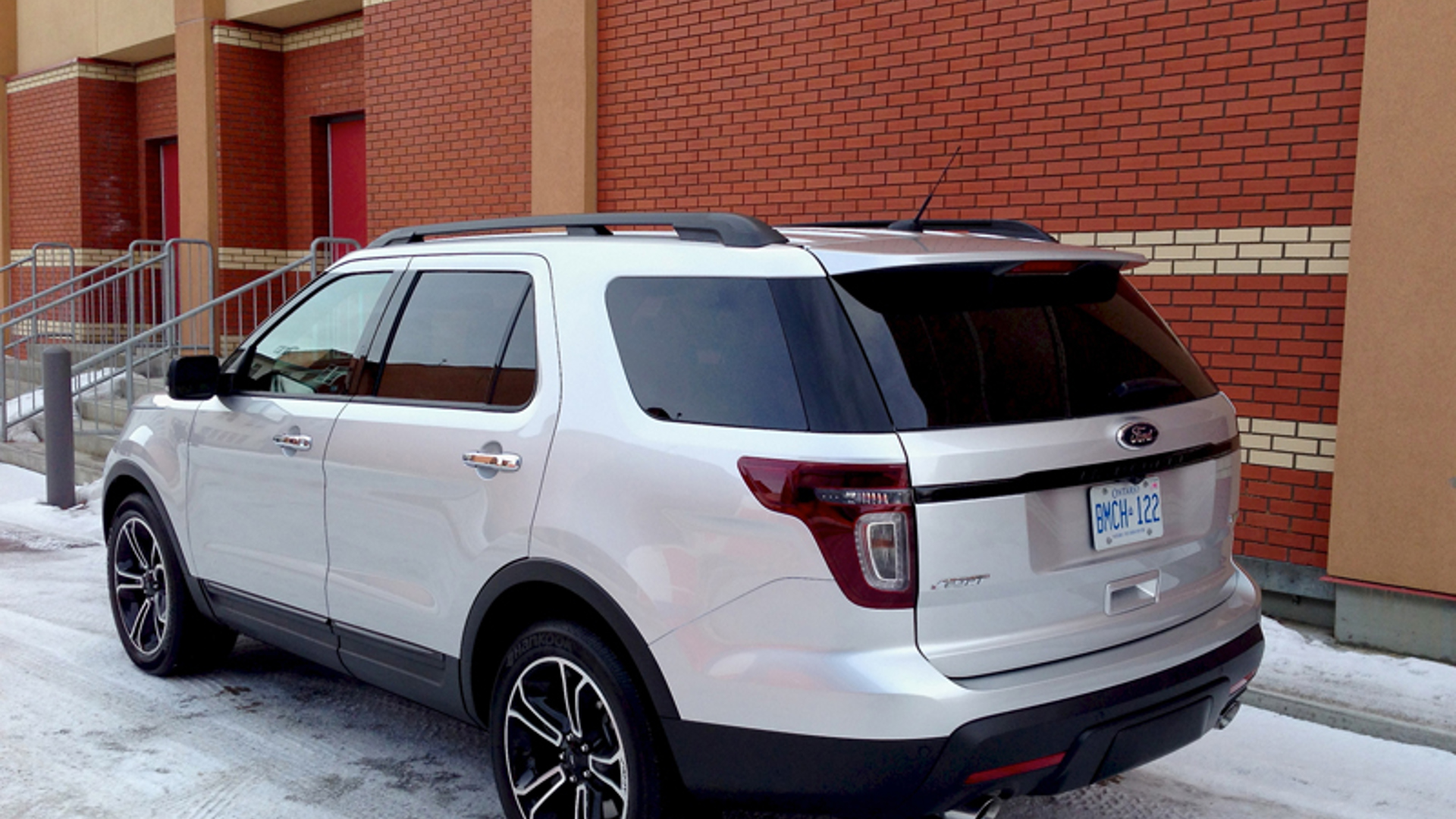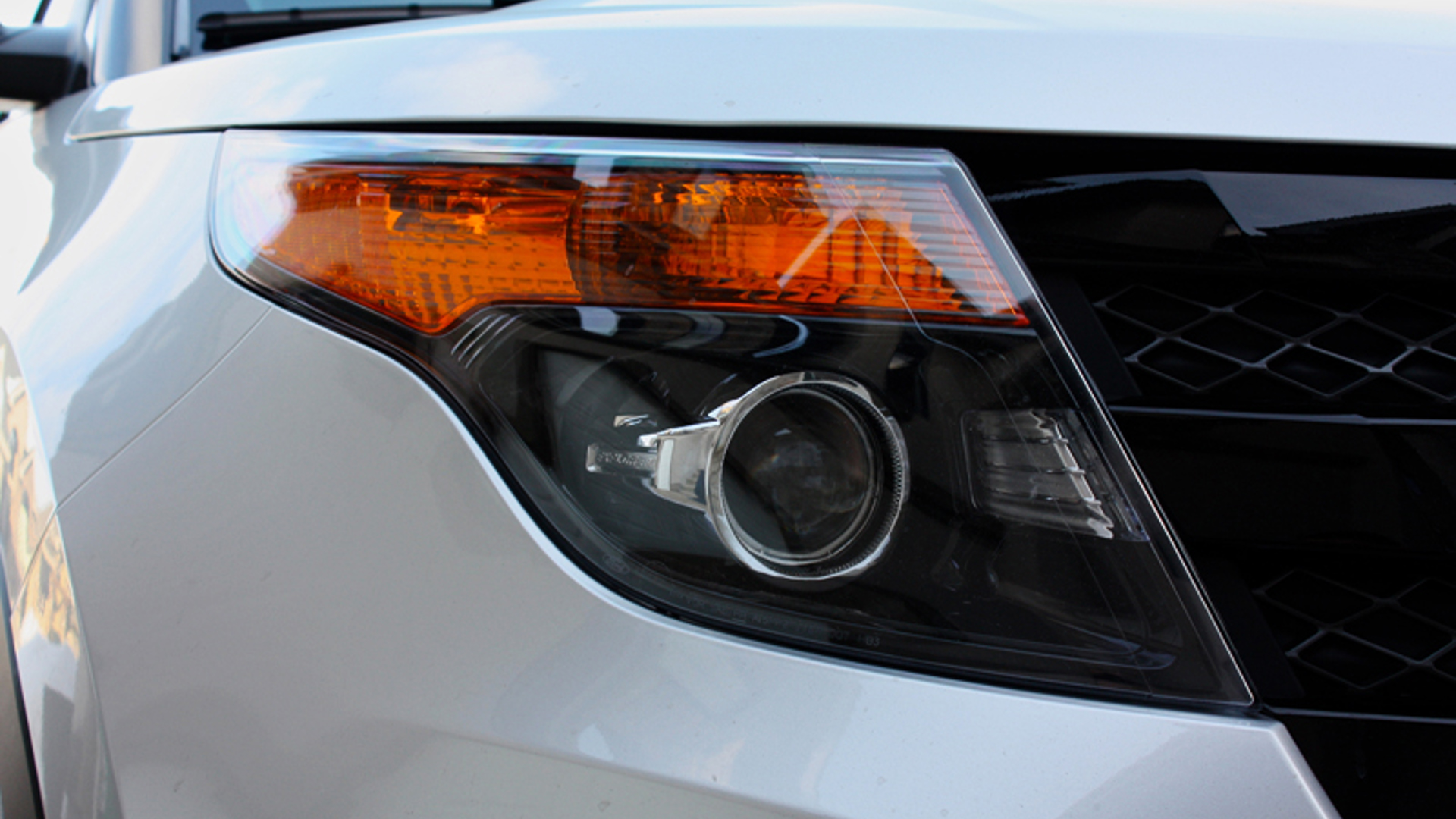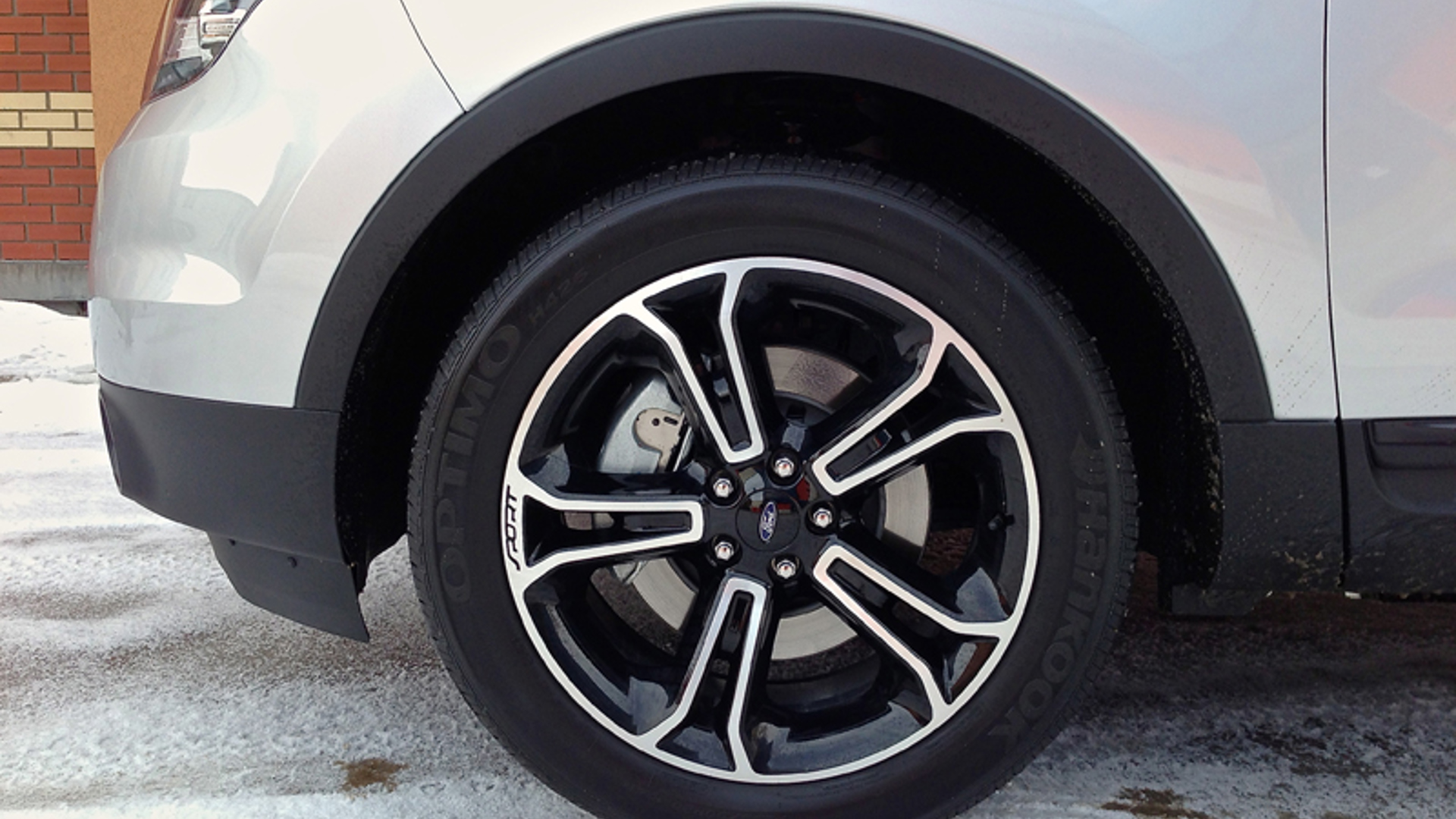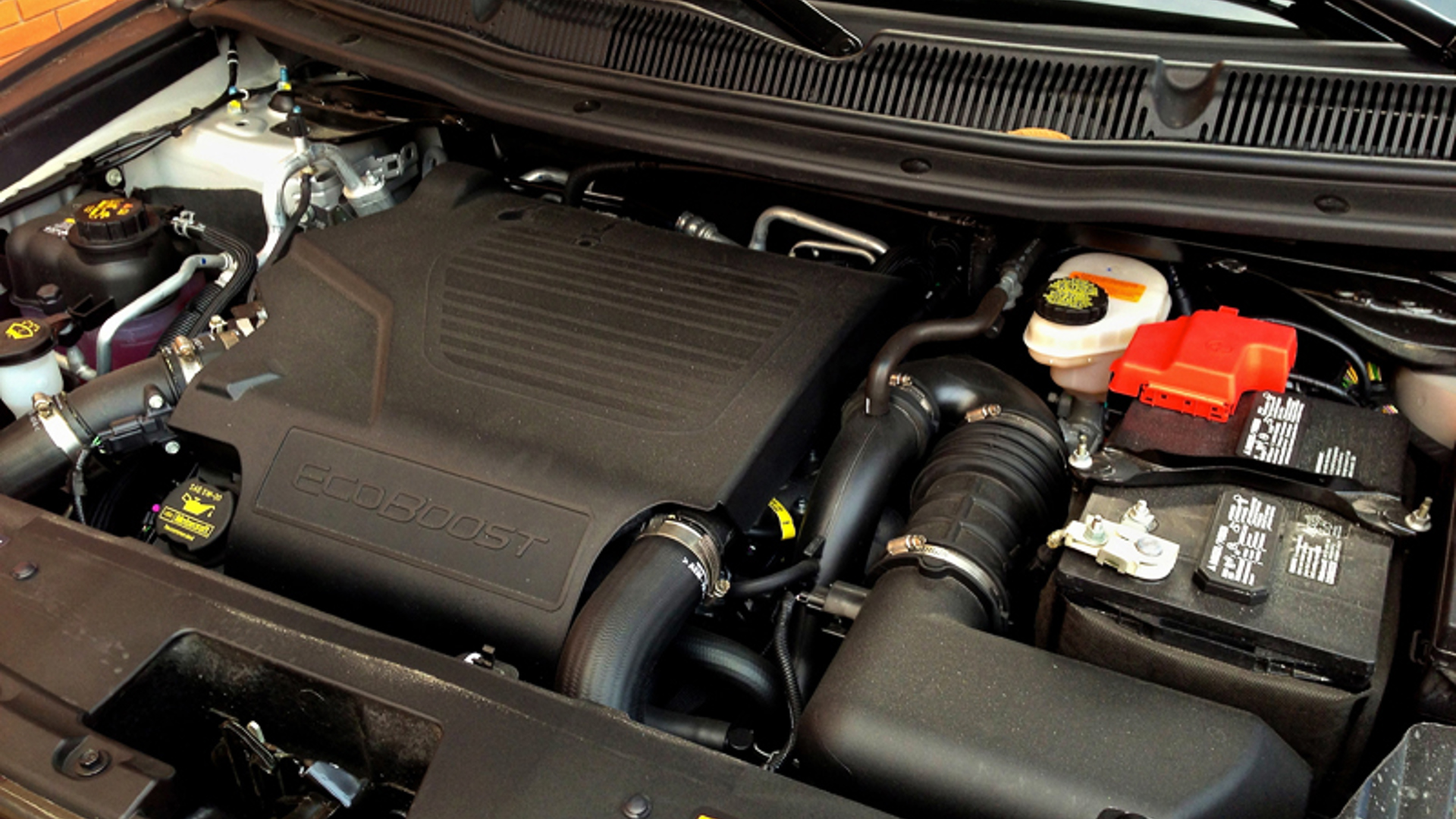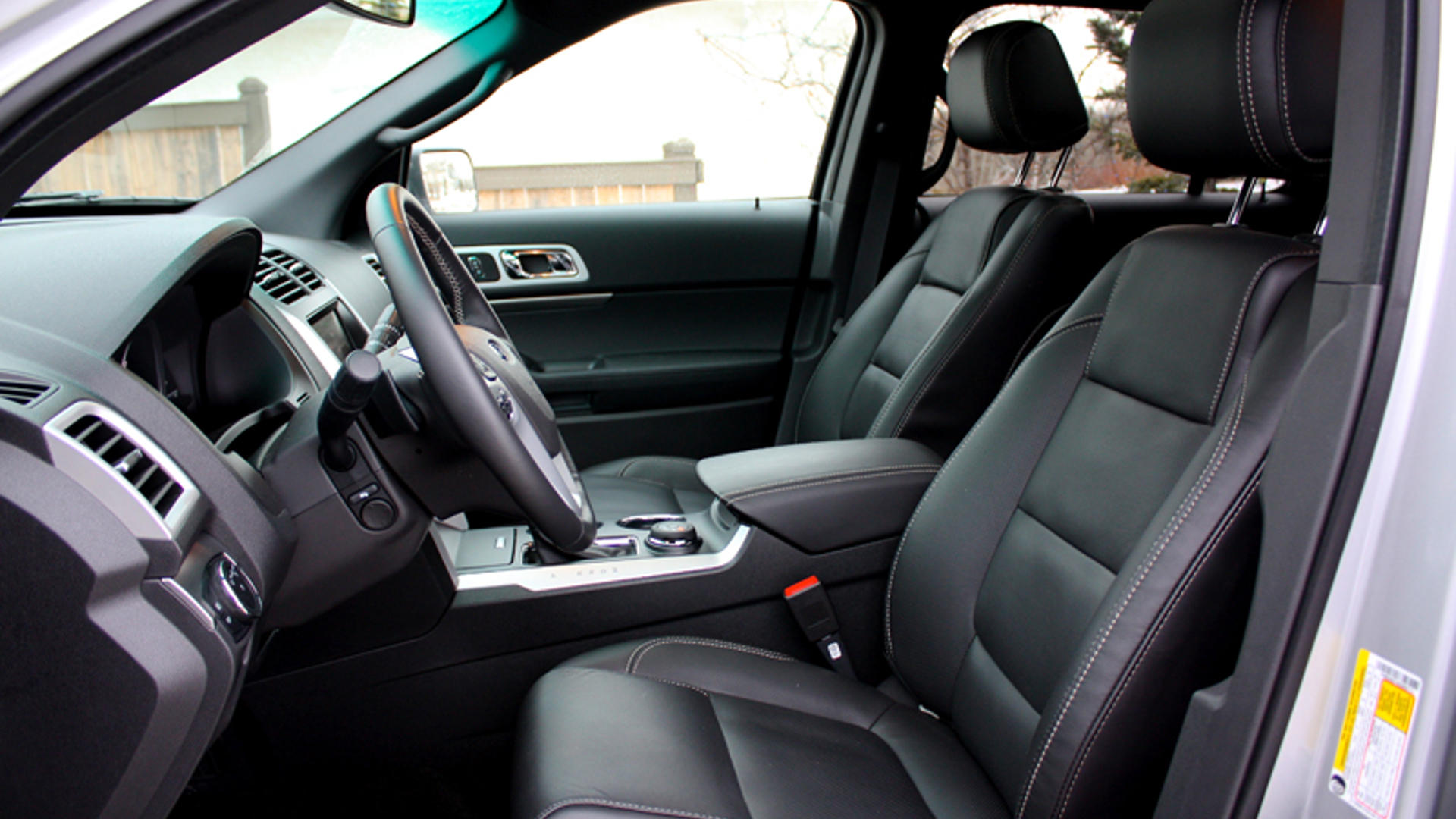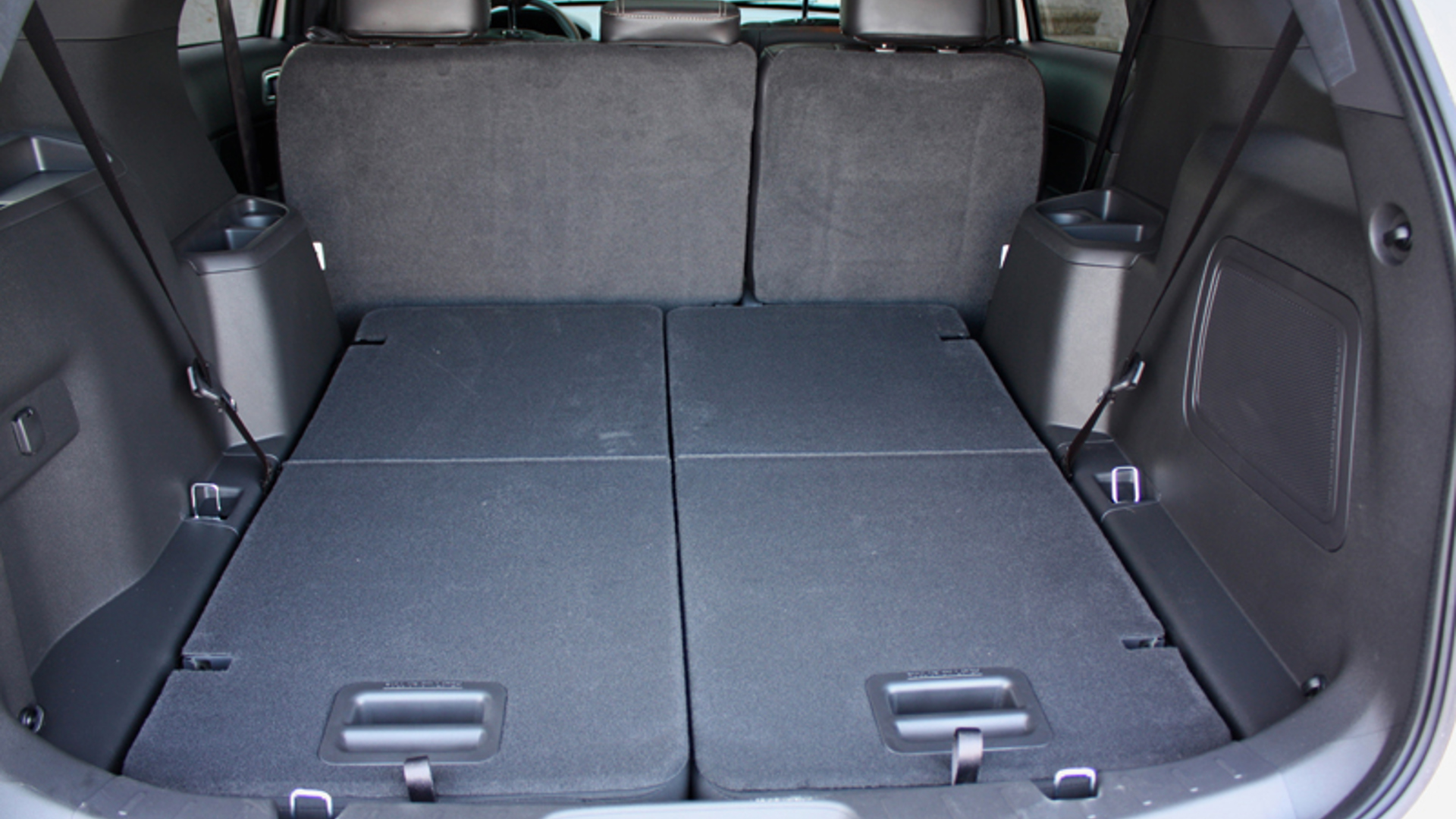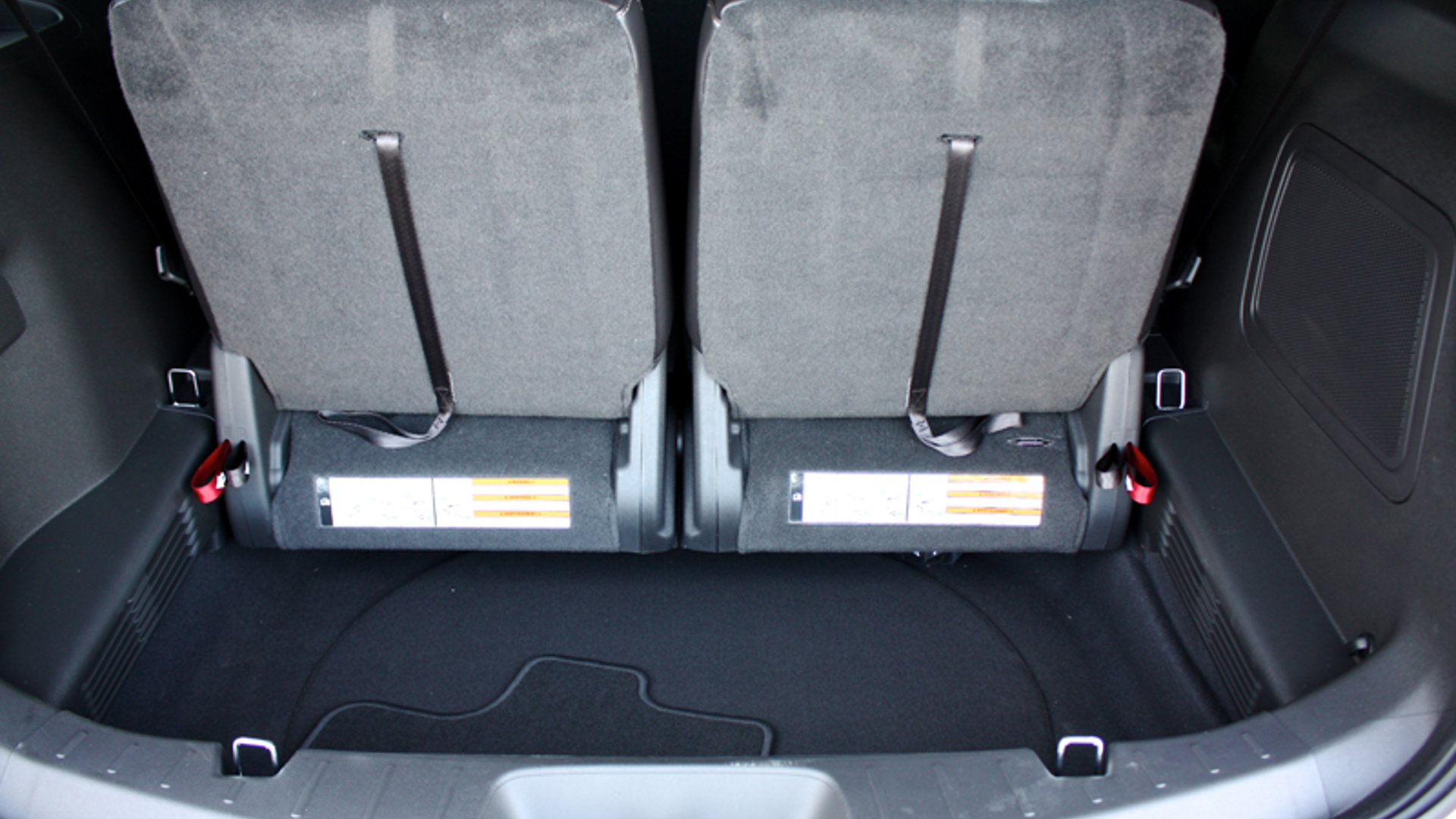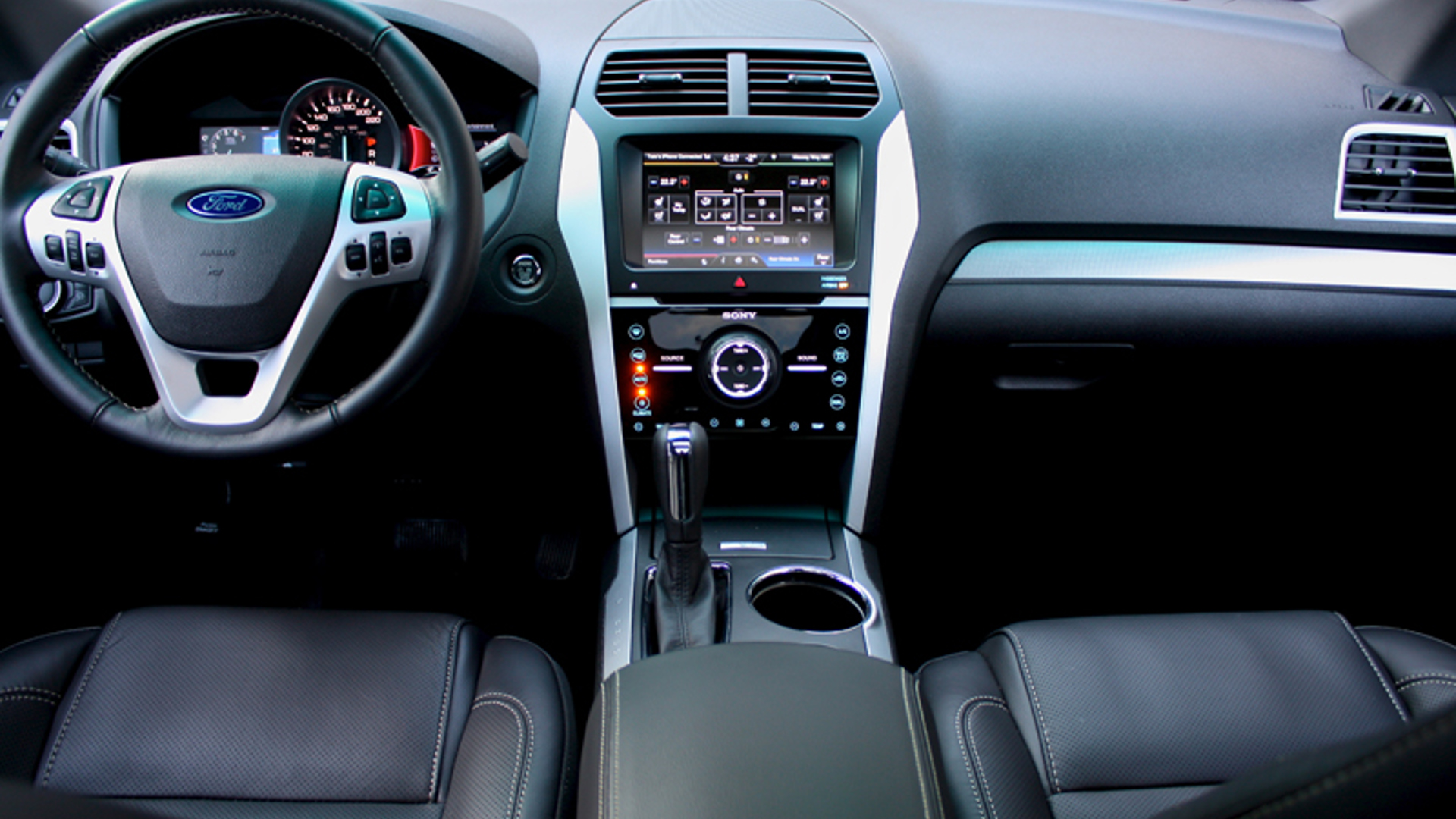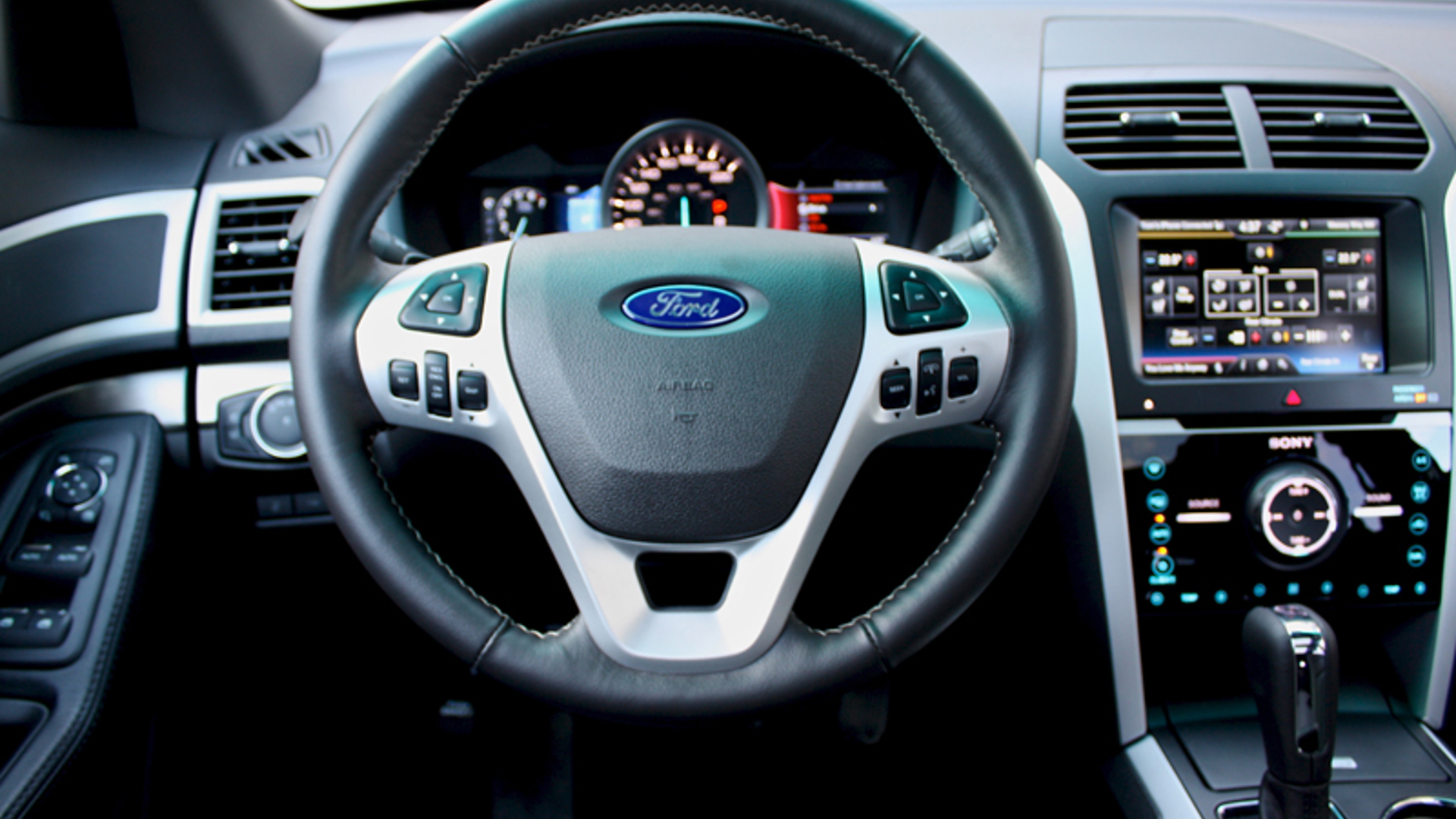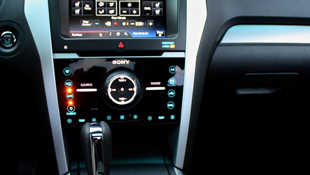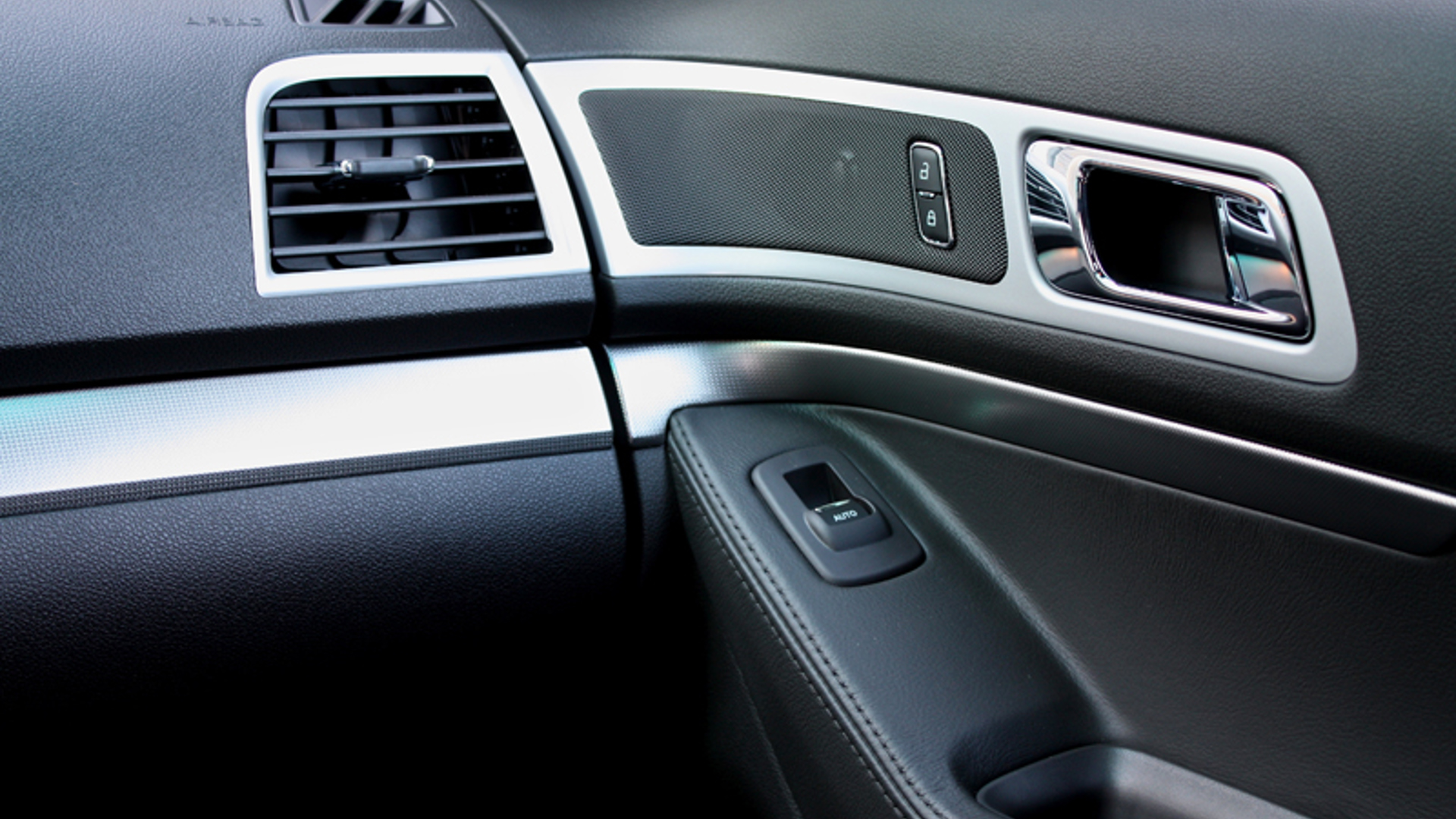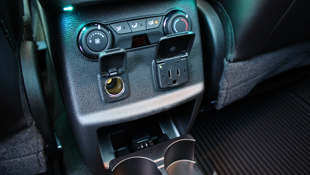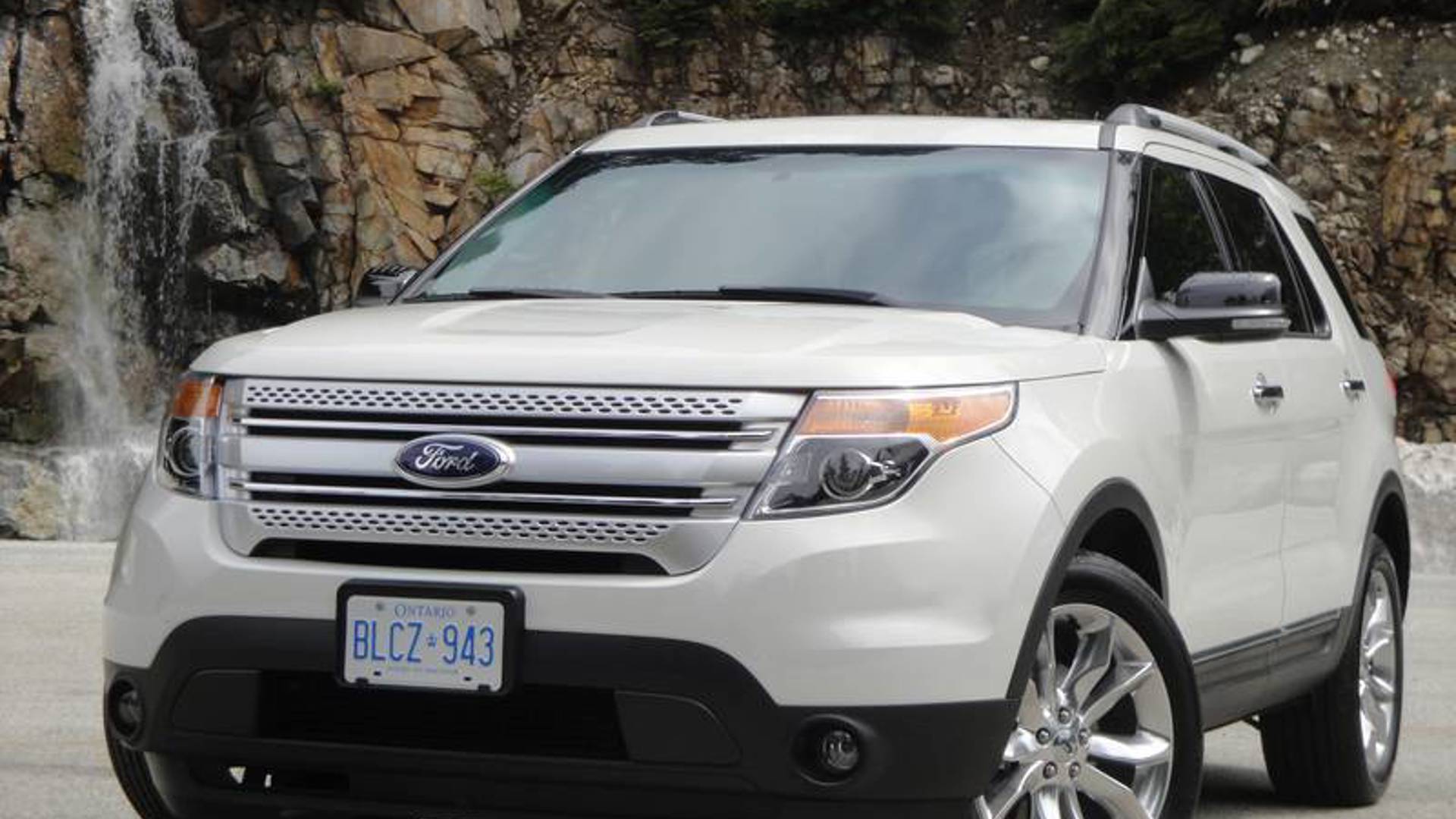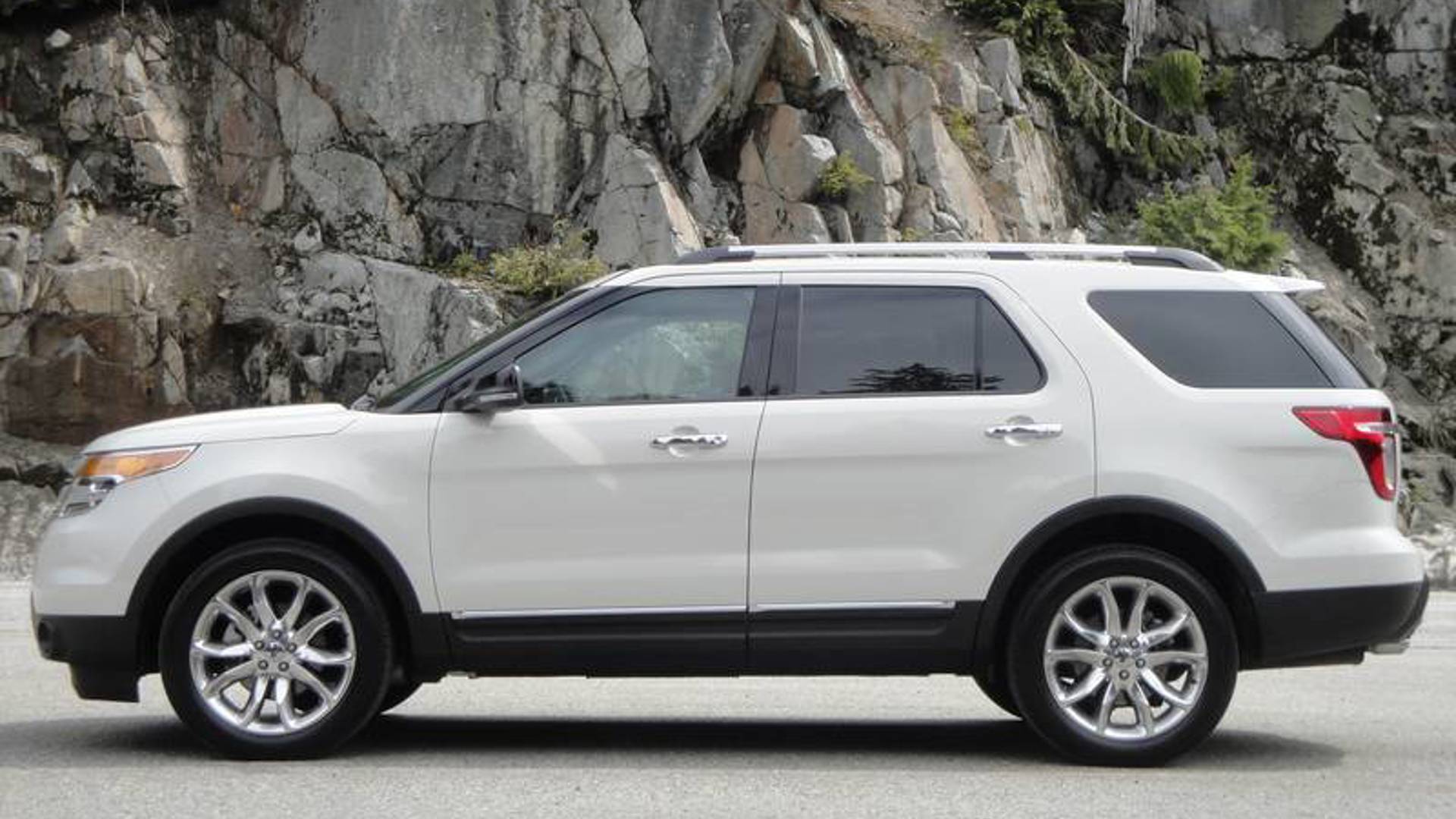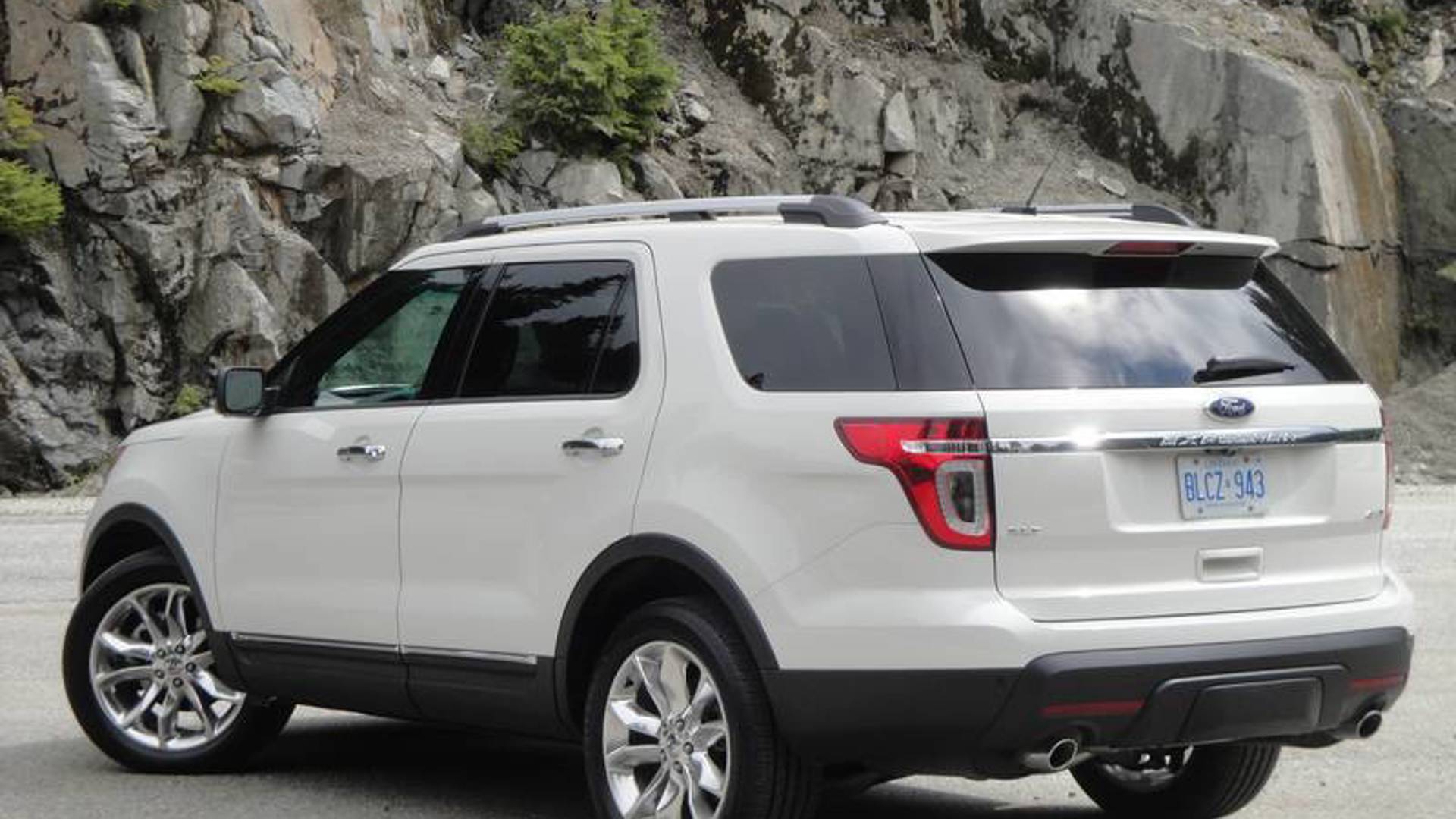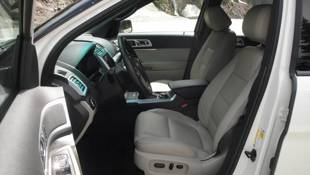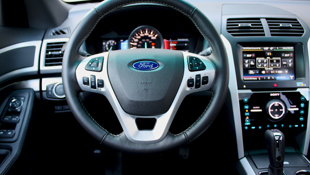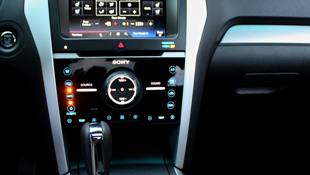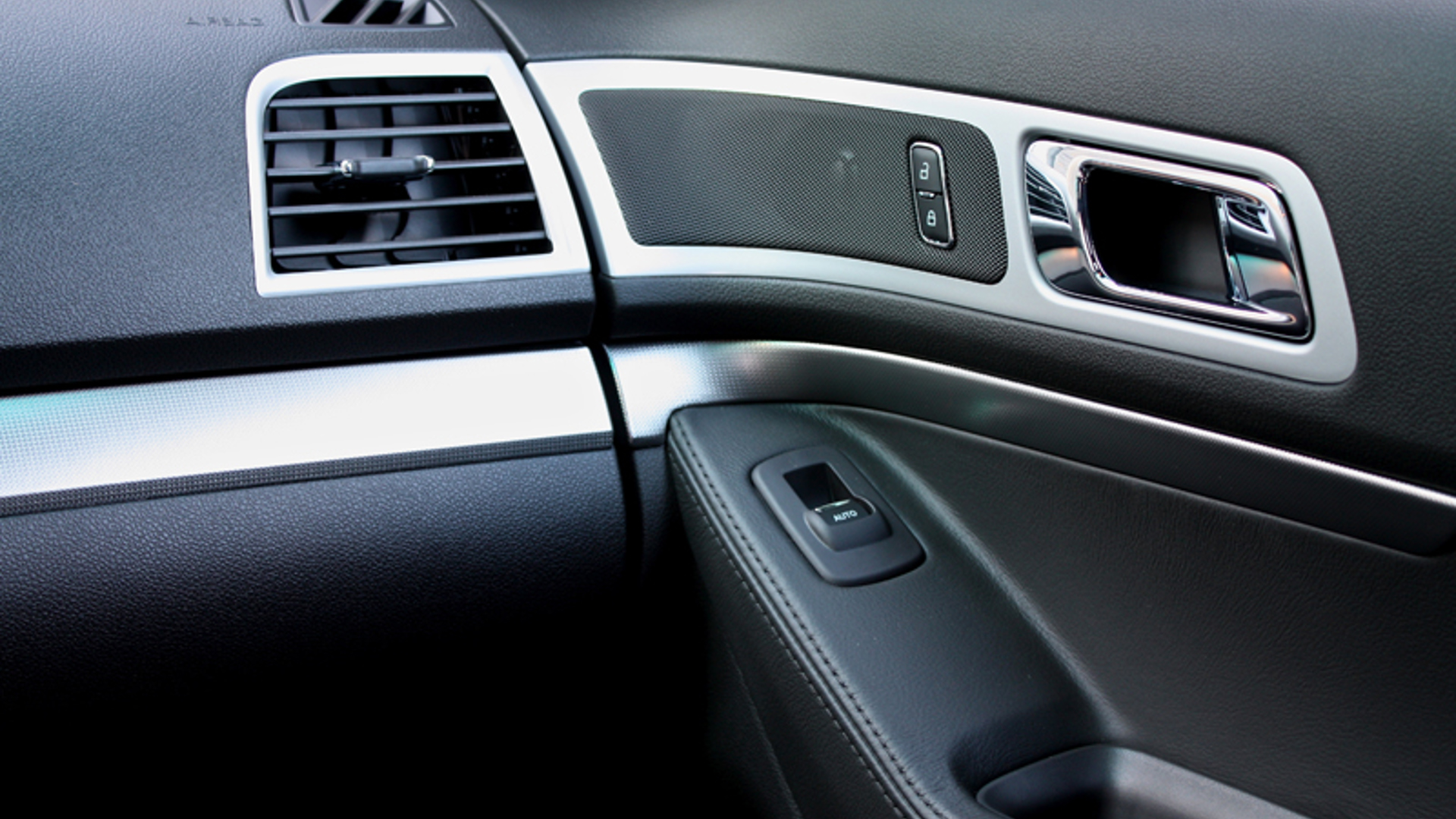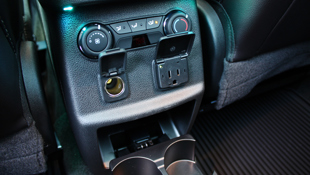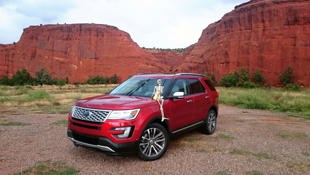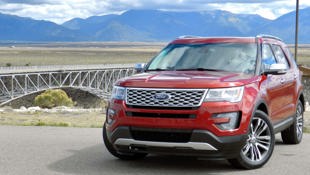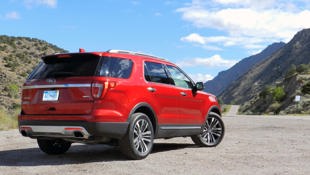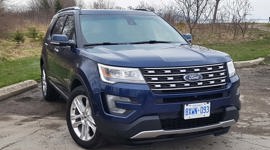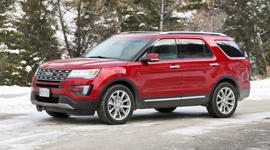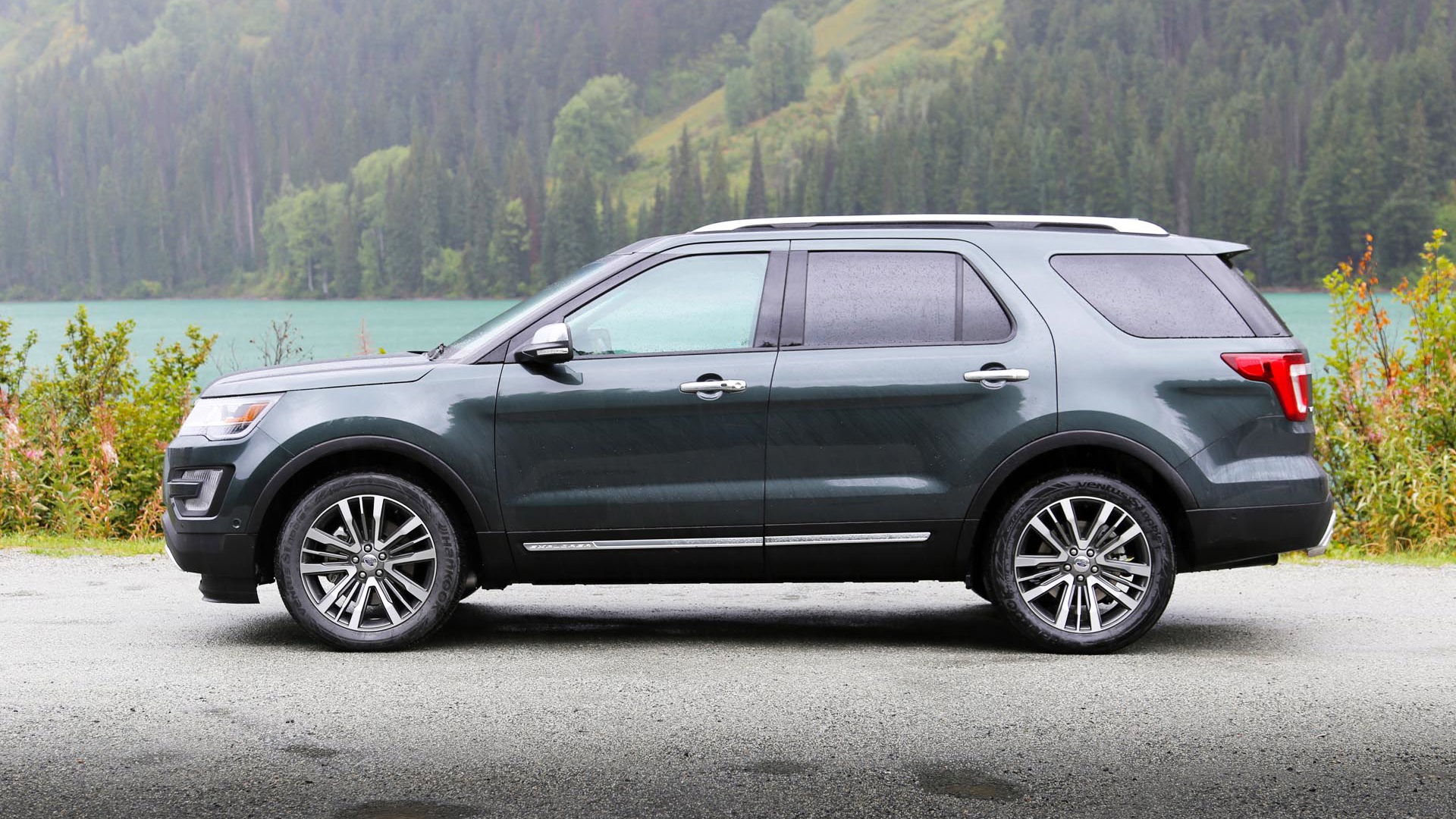Vehicle Type
Commonly praised are the Explorer’s solid and sturdy feel on rougher roads
Crossover SUV
History/Description
The fifth-generation Ford Explorer launched for model-year 2011, riding a new crossover SUV platform and packing new looks, features, technologies and powerplants. Targeting active families and competing with the likes of the Nissan Pathfinder, Dodge Durango, Toyota Highlander and Mazda CX-9, the latest Explorer underwent several revisions and updates throughout its life.
Feature content may include Ford Sync, a central touch-screen, navigation, radar-guided cruise control, push-button engine start, a collision warning system and automatic lights/climate control/high-beams. Don’t miss the available dual sunroofs, mood lighting, and touch-activated keypad door-lock system. The Explorer can even parallel park itself.
Engines / Trim
Numerous engine options were available, including a 3.7-litre V6, a 3.5L V6, a 2.0L turbocharged EcoBoost four-cylinder engine, and a 3.5L EcoBoost twin-turbo V6. Look for automatic four-wheel drive, or front-wheel drive, depending on the model selected. Base model units started the model range, with XLT, Limited and Sport model variants filling the lineup in increasing order of equipment. Note that depending on the model you’re considering, a used Explorer EcoBoost may have either a 240-horsepower four-cylinder engine, or the considerably more powerful twin-turbo V6, in the Sport model.
What Owners Like
Commonly praised are the Explorer’s solid and sturdy feel on rougher roads, a smooth and refined powertrain, abundance of high-tech features, great-looking cabin with high-quality feel, and overall easy-to-drive character. Performance is rated well, especially with six-cylinder models.
What Owners Dislike
Some owners wish for a more straightforward and easy-to-use central command system, and note a sometimes-frustrating initial learning curve to some of the Ford Sync functions. Other complaints include heavy fuel consumption from some models, a cramped footwell, and overly chunky door sills, which can get in the way of easy entry and exit.
Here’s a list of Ford Explorer Owner Reviews
The Test Drive
Gadgets, first. Before you hop on board, confirm that the Explorer’s touch-pad keyless entry system, all remote keyfobs, the keyless door locks, and the motorized tailgate, if equipped, work properly. Notably, some owners have reported issues with the power tailgate, up to and including total non-functionality. If the power tailgate works erratically, or not at all, typical culprits include weak gas lift struts, an improper liftgate height setting, or the need to reset and relearn the power liftgate system. If none of these work, the liftgate motor may need to be replaced. If any issues are noted, have them addressed before you buy.
Next, hop inside, and turn the radio up for a moment or two. Some owners have reported niggling issues with radio volume, which seems to turn itself down occasionally, after a few moments of listening at a loud volume. Your writer experienced this issue on a past test-drive as well. Here’s some more reading. This issue seems to have no solid fix, though some owners have had luck with a software update.
On that note, be sure all relevant software updates to the SYNC system, and all other systems, are up to date, too. These updates are dealer installed, usually during regular servicing, and can address latent problems with a variety of systems and functions. With the VIN number of the model you’re considering, the dealer can check to see which, if any, software updates are outstanding. Be sure to spend some time using the SYNC system’s functions, ensuring you can place a call, pair a phone, navigate a music library, and the like, without any crashing or lagging. Confirm that all steering-wheel mounted controls work as expected, too.
Next up, confirm full functionality of the climate control system on all settings, the power seat adjustments and memory settings, and the push-button engine start system, which should fire the engine up quickly and consistently.
Be aware of a popping or creaking noise from the front of the vehicle at low speeds, particularly if you’re looking at a 2015 or 2016 unit. Coax the noise from the front end of your potential used Explorer by turning during light acceleration or braking at low speeds, or from a stop. Most owners report that the sound seems to emanate from the front passenger footwell area. The cause, apparently, is a bad front subframe bolt. Here’s some more reading. Ford is aware of this issue, and owners report varying degrees of success at fixing this issue with revised parts (under warranty).
If you hear this noise, or any like it, be sure to have the full front-end and suspension of the unit you’re considering checked over by a technician. Here’s some more reading on potentially premature wear of various suspension parts, particularly related to strut mounts on earlier units. These may also cause a clunk when the steering is applied, and especially, when the vehicle isn’t moving. Put the Explorer in park and turn the wheel fully, side to side, a few times, to coax a clunk out of worn strut mounts. Best defense? Drive the used Explorer with your ears open, and have a technician complete a full suspension system check ahead of your purchase.
You’ll also want to have the technician check for a not-uncommon issue with a leaking seal in the Power Takeoff Unit (PTU), which is a part of the AWD system, and a relatively common source of leaks in various AWD models. Here’s some more reading. Note that a PTU leak is easy to detect and repair, and should be covered by warranty. For maximum peace of mind and reliability of the AWD system, consider having the fluid within the PTU and rear differential changed, unless the seller can prove it’s still within its service life.
If the Explorer you’re considering has remote start, confirm that the system works properly, several times, on your test-drive. Remote start failure could be the result of a drained battery, or a bad hood pin safety sensor, used to tell the remote start system whether the hood is open or not.
Further, if the model lights up various errors relating to the traction management systems or the AWD system, a weak or dying battery is a prime culprit. Some owners have reported spotty or sporadic issues with warning messages, likely caused when certain vehicle systems don’t get adequate battery voltage.
Other checks should include a check for rust and paint bubbling, especially on the outer edges of the Explorer’s hood, and a check of all sliding and folding seat provisions, and associated mechanisms.
The Verdict
Like all used vehicles, the Ford Explorer has a list of potential issues that shoppers should be aware of during their test-drive process. Most of the issues will be easy to identify and fix – though potentially pricey-to-address issues with Explorer’s electronics and premature suspension wear mean that shoppers should focus their attention, and the attention of a Ford technician, on those areas before agreeing to purchase. Note that although this feature focuses on potential problems and issues, they represent only a small portion of total Explorer sales volume.
A generous list of recalls.
Crash Test Ratings
IIHS: Top Safety Pick (2011)
NHTSA: 4/5 Stars (2012)
